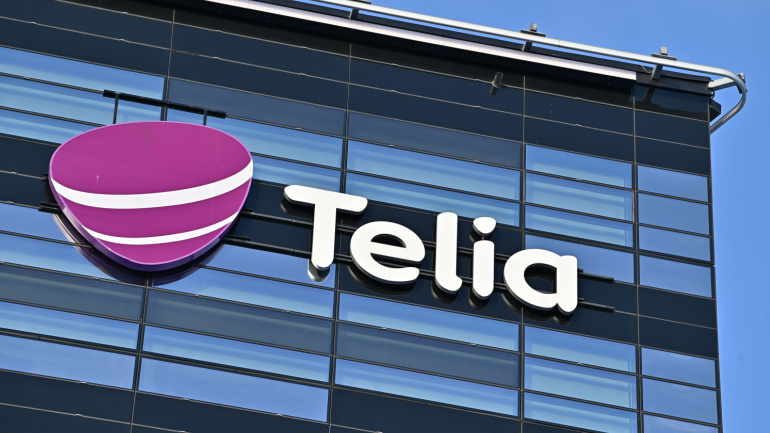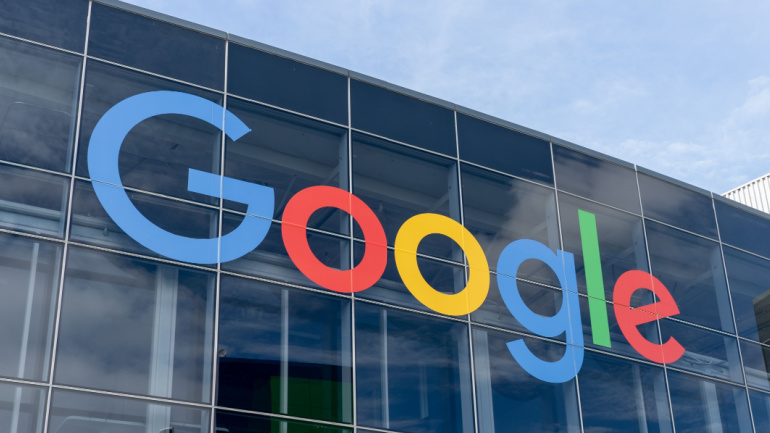TELUS, in partnership with Samsung Electronics, has unveiled plans to initiate Canada’s inaugural commercial virtualized and open radio access network (RAN), marking a significant leap forward in the telecom industry. This next-generation network technology aims to elevate performance, flexibility, energy efficiency, and automation, setting a new standard for mobile connectivity across Canada.
In the whirlwind of business, empathy emerges as a potent force, fostering genuine connections amidst virtual handshakes and rapid emails. Understanding the neuroscience behind empathy unveils its profound impact on interpersonal dynamics. Mastering its cognitive, emotional, and compassionate dimensions empowers professionals to navigate complex relationships with grace and authenticity.
Amazon Web Services (AWS) is embarking on a $10 billion data centre project, Project Atlas, set to transform Mississippi’s digital landscape. This mammoth investment, backed by state funding, is expected to provide 1,000 new jobs and boost local infrastructure.
As the new year unfolds, Vodafone has released a compelling report, underscoring the urgent need for regulatory reforms to bolster Europe’s telecommunications sector. The report, titled “Why Telecoms Matters,” paints a stark picture of the challenges Europe currently faces, emphasizing the pivotal role of mobile technology and digital transformation in overcoming these obstacles.
Telia, Sweden’s telecom giant, is reportedly considering selling off its broadcasting division, TV4, with negotiations in progress with potential buyers. This comes as TV4’s value declines, attributed to dwindling ad revenue and challenges with premium sports content. Critics suggest Telia misunderstood the complexities of the TV industry, with former CEO of TV4, Jan Scherman, openly critical of the acquisition.
Telefonica triumphs in securing exclusive rights to broadcast elite Spanish football through their Movistar Plus service, committing an eye-watering €1.29 billion for this privilege till the 2026-27 season. They’ve successfully navigated past Spain’s competition regulator’s conditions, opening a window of opportunity for their substantial investment.
Tech giant Google is set to pour $1 billion into the development of a new data centre in Waltham Cross, Hertfordshire, signaling a robust commitment to expanding its technical infrastructure in the United Kingdom.
Ooredoo drives Qatar National Vision 2030 with a widespread fiber rollout, covering 99.9% of households, maintaining high service levels and introducing innovative technologies. Vodafone UK advocates for the implementation of 5G SA technology, citing its transformative impact on industries, such as renewable energy and agriculture. CableLabs has made strides in deploying 10G network in 2023, advancing DOCSIS 4.0 technology, issuing CPON architecture specifications, and accelerating FTTP adoption. Microsoft’s new Copilot key represents a groundbreaking addition to Windows keyboards, integrating AI seamlessly and signaling a significant shift after three decades.
As Germany’s “Gigabit funding 2.0” program faces potential budget reductions, there’s concern it may throttle the rollout process with overcrowded construction capacity, causing a potential lag in projects. Meanwhile, the Federal Ministry for Digital Affairs declares a €3.6 billion allocation for the ourishing fibre-optic network industry.
In a long-anticipated move, telecommunications giants Digi, Orange, and MasMovil have finalized agreements as part of their ongoing merger negotiations. The trio is seeking the European Commission’s approval to resume the halted approval process, which stalled in July.













